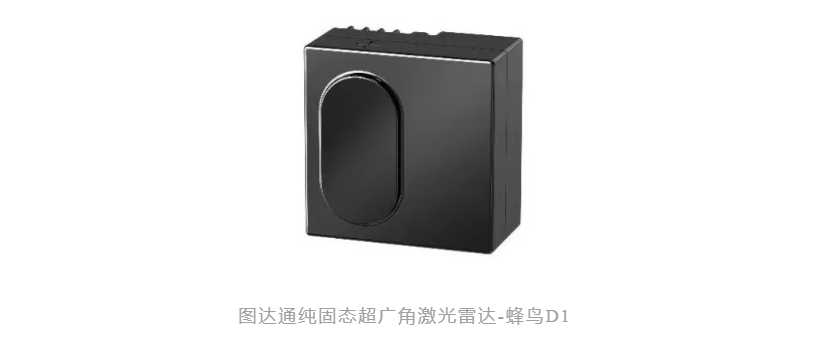On July 31, lidar supplier Seyond announced that its self-developed pure solid-state ultra-wide-angle lidar, the Hummingbird D1, has been selected by a major Chinese automotive group's premium brand model. It is set to be officially integrated into this brand's new models after mass production. The Hummingbird D1 employs pure solid-state electronic scanning technology, with no mechanical moving parts inside. Compared to traditional mechanical solutions, this design offers advantages in environmental adaptability, production consistency, and long-term reliability. In terms of specifications, the Hummingbird D1 provides a field of view coverage of 140° (horizontal) x 100° (vertical), capable of detecting obstacles as small as 10 centimeters. It supports raw data output and processes point clouds through a central domain controller, adaptable to various installation positions like fenders and bumpers. The automotive brand that has selected the Hummingbird D1 targets a market positioning of high-end and intelligent, demanding high precision, integration, and cost control for its perception systems. The Hummingbird D1's ultra-wide-angle coverage and pure solid-state architecture met the required technical specifications during the bidding process. Industry analysts believe this cooperation reflects an increasing recognition of pure solid-state technology by automotive manufacturers, potentially accelerating technological iterations in the lidar industry. As one of the core sensors for advanced driver-assistance systems, lidar technology routes and production progress continue to attract attention. According to the Yole Group's "2025 Automotive Lidar Report," global shipments of automotive lidar are expected to exceed 1.6 million units in 2024, with China accounting for 92% of the market share. The global market is projected to reach $3.56 billion by 2030. Current mainstream technology routes include mechanical, hybrid solid-state, and pure solid-state solutions, with the pure solid-state approach seen as a long-term development direction due to its simplified structure and cost optimization potential. The selection of the Hummingbird D1 marks an extension of its technology layout from high performance to platform-based, covering different scenario demands. Industry insiders point out that for pure solid-state lidar to achieve mass production application, challenges such as scanning accuracy, anti-interference capability, and cost control must be addressed. This cooperation will provide practical validation cases for the industry. Currently, specific model parameters and production timelines have not been disclosed. Market observers believe that with the Hummingbird D1 entering the pre-installed mass production phase, it may enhance the penetration of pure solid-state technology in the passenger vehicle sector, while providing more stable perception support for advanced driver-assistance functions such as urban NOA and automated parking. This collaboration also reflects the deepening dependence of Chinese automotive brands on local supply chains during their smart transformation, further strengthening the collaborative innovation model within the industry chain.
Seyond Launches Hummingbird D1 Lidar for High-End Automotive Applications

Share this post on: